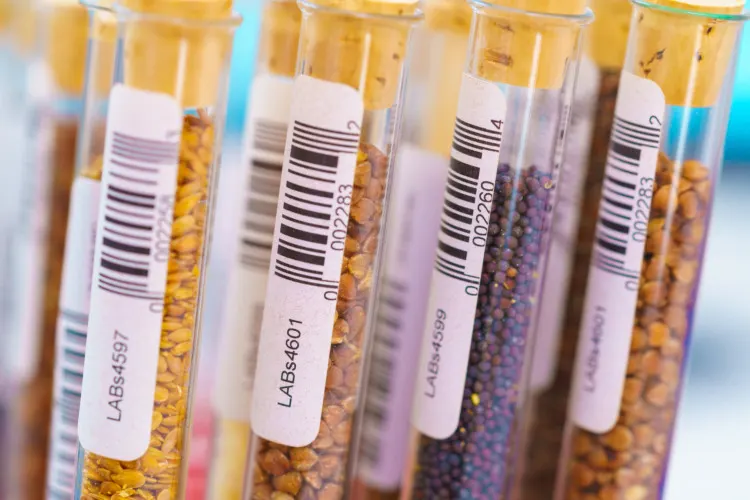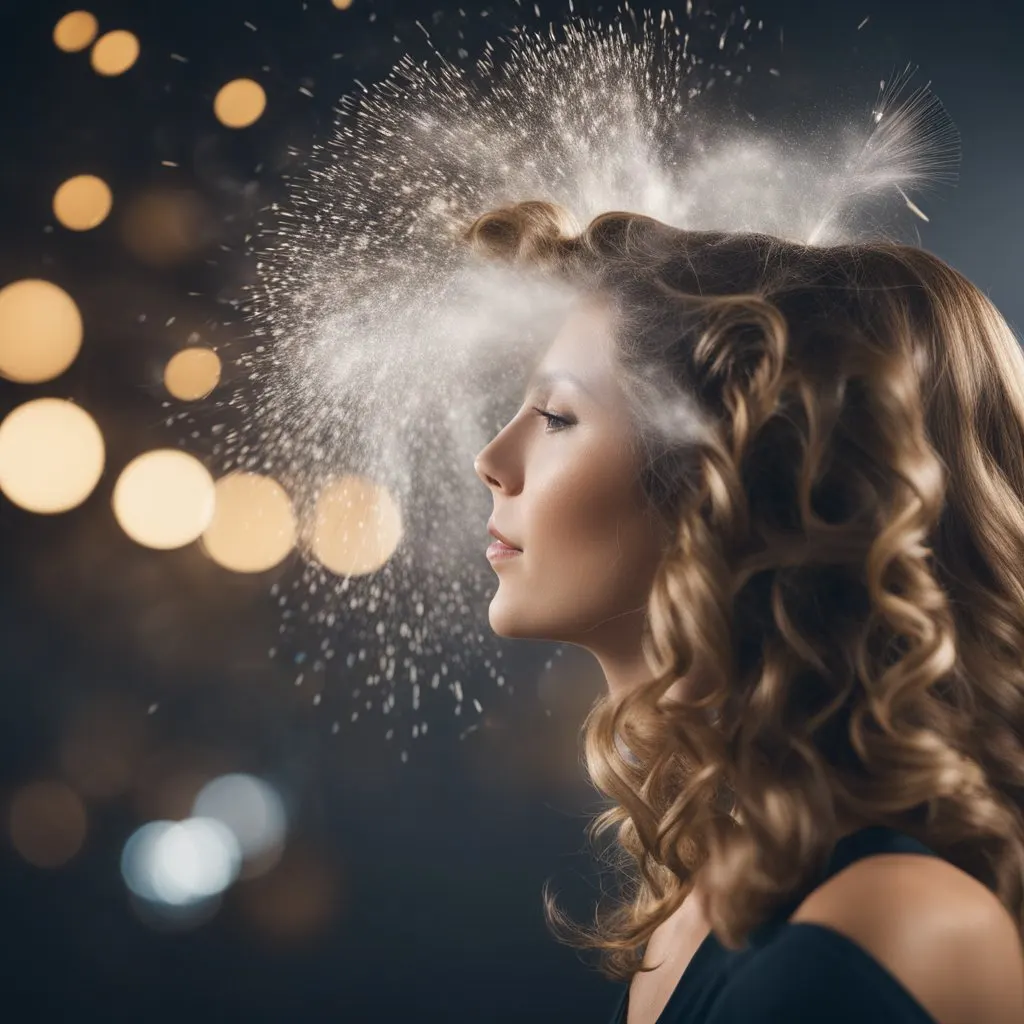Hairspray and aerosol spray cans are common materials used by many people worldwide, but they have several negative effects on the environment. Two different types of ingredients found in hairspray can harm the environment.
Why Is hairspray bad for the environment? The first is flammable chemicals and fuels released into the air as a gas. These fumes that aerosol spray cans produce harm the Earth’s ozone layer, which is supposed to protect us from ultraviolet radiation.
What is the ozone layer?

The Earth’s ozone layer is a part of the Stratosphere with an increased ozone concentration compared to other parts of the atmosphere. The ozone layer absorbs most UV-B radiation, protecting us from harmful levels of UV light.
Any damage to the ozone layer causes an increase in Ultraviolet B (UV-B) light, which can cause many health problems for humans.
See Related: Best Books on Pollution
How do hairsprays and aerosol spray cans affect our ozone layer?

Hairspray and aerosol spray cans contain very toxic chemicals that become gas when released into the atmosphere and cause air pollution. As these gases rise up they can cause harmful effects to the ozone layer, which in turn causes an increase of UV-B light that causes global warming on earth.
The ingredients found in hairspray and aerosol spray cans are extremely flammable therefore when used there is a high risk of combustion. Combustion causes the release of these harmful gases into the atmosphere therefore continuously degrading the ozone layer, causing an increase in UV-B light.
See Related: Best Posters on Saving Earth
What health hazards does hair spray cause to humans?

Hairspray gives off many harmful chemicals when released into the atmosphere. The chemical that causes concern for most is called Propane, which is a toxic gas that can cause damage to both the central nervous system, and respiratory organs.
Propanediol is another chemical found in hairspray and aerosol spray cans that causes irritation to the skin and eyes. Some other common chemicals found in aerosol spray cans are Butane, Isobutane, A-pinene, and D-limonene.
See Related: Is Hair Biodegradable?
Chemicals of Concern:
- Propanediol: Irritant, Causes redness and pain, Causes damage to the central nervous system, and Exposure can cause dizziness.
- Propane: Toxic gas that can irritate the eyes and respiratory organs and can also cause central nervous system disorders.
- Isobutane: Flammable gas that poses a risk of fire or explosion if not handled properly.
- Butane: Flammable gas that poses a risk of fire or explosion if not handled properly.
- A-pinene: Systemic poison that can cause damage to kidneys and liver.
- D-limonene: Causes central nervous system disorder and irritates skin and eyes (2).
The second harmful ingredient in hairspray is alcohol, which breaks down into Acetaldehyde and can cause cancer in small amounts. The amount of alcohol found in the average hairspray container is enough to be harmful to humans and animals alike because it causes many negative effects on our central nervous system.
According to the American Cancer Society, Acetaldehyde causes damage to your DNA, which can cause cancer. As small amounts of alcohol are released into our airways animals breathe in these toxins as well causing them harm.
See Related: Is Resin Bad for the Environment?
What are the effects of aerosol spray on animals?

It has a large effect on animals because it breaks down into many different chemicals that can cause cancer and damage DNA.
Any time an animal inhales the air after being sprayed with hairspray or aerosol spray their lungs take in these harmful particles causing respiratory problems such as coughing and sneezing.
In other cases, animals have suffocated directly from aerosol sprays because the chemicals cause respiratory paralysis.
The effects can also cause environmental damage to animals. When an animal breathes in aerosolized particles they become lodged inside the nasal passages and digestive system causing lethargy and irritation. Over long periods these harmful particles build up and block airways causing the animal to suffocate.
See Related: Environmental Consequences of Fracking
What are the effects of hairspray and aerosol sprays on plants?

Hairspray contains many different harmful chemicals that when released into the atmosphere cause damage to plants in many ways. The ingredients in these sprays are all very flammable therefore when they reach a certain temperature, combustion occurs which causes both heat and smoke damage.
Along with heat and smoke, aerosols also cause physical damage to plants. When the toxins are released into the air, they become airborne and drift toward the vegetation, causing abrasion damage to leaves that can kill surrounding cells. Over long periods of exposure, these toxins build up in leaves causing them to die slowly.
Also, many ingredients found in hairspray contain Carbonyl compounds that are dangerous to plants. When these chemicals reach the surface of plant leaves they cause leaf burn by removing water from the leaves, which causes brown spots to form on them.
Furthermore, when animals breathe in these harmful particles it can affect their central nervous system causing respiratory damage.
They directly affect plants by being a physical barrier to growth. This is caused by a very thin film that forms over the plant’s surface, which prevents water from entering the stem. When this occurs it causes problems with photosynthesis, which greatly slows down the rate at which food is produced.
See Related: Best States for Sustainable Living
What are volatile organic compounds?

A volatile organic compound (VOC) is a chemical that has a significant vapor pressure at ordinary, room temperature conditions.
VOCs and the photochemical reactions they are involved in lead to the formation of ground-level ozone which is bad for human health. Whenever aerosol cans emit volatile organic compounds into the air it causes ozone depletion, which results in global warming.
See Related: Best Books on Pollution
Are CFC-free aerosol sprays safe?
Many are said to be CFC-free and, therefore, supposedly safe for the environment. However, according to a study from the Harvard School of Public Health, there is little evidence that CFC replacements in aerosols pose a significantly lower risk to the ozone layer.
Also, these “CFC-free” products also contain harmful chemicals such as Butane, Isobutane, and Alcohol.
See Related: Why Should We Care About Climate Change?
Other negative effects in the environment

As hairspray and aerosol spray come in contact with our atmosphere they cause damage to our ozone layer. The main ingredient in most hairsprays is alcohol, which when exposed to the sun breaks down into acetaldehyde.
Acetaldehyde is extremely harmful to our ozone layer because it depletes chlorine molecules, leaving them defenseless against CFCs (chlorofluorocarbons) which destroys ozone.
As these gases rise they can cause harmful effects to the ozone layer, which in turn causes an increase in UV-B light. Our ozone layer’s main purpose is to prevent this harmful UV-B light from entering our atmosphere and causing damage to living organisms such as sunburns and skin cancer.
Another factor that plays a big part in the depletion of our ozone layer is the release of gases such as nitrous oxide. Nitrous oxide can seep into the soil and cause damage to surrounding flora and fauna.
While nitrous oxide is not harmful when in our atmosphere, once it enters soil or water it becomes dangerous. This gas causes damage to plant life by hindering the process of photosynthesis, which plays a vital role in nature.
Hairsprays can cause an even greater amount of damage to our environment and even cause air pollution because they are used so often.
According to the American Cancer Society, nearly 90% of people who use hairspray daily, will use at least 6 cans in a year. If we do the math that means 90% of people will be releasing at least 540 cans of hairspray and aerosol spray in the air.
This is a large amount when you consider that “around 9 billion aerosol cans are sold in the United States every year.” If 90% of these 9 billion aerosols were to be released into our atmosphere, we would add around 4.5 billion aerosols to our environment every year.
That is 4,500,000,000 aerosol cans being released into the atmosphere annually.
As you can see by this staggering number this kind of pollution could have a devastating effect on our ozone layer and people who are exposed to these toxins will come down with lung cancer and other respiratory problems.
It is not only harmful to us as humans but the same effects are added on our animal counterparts as well. As we stated earlier, those exposed to these aerosols will most likely experience an increase in lung cancer deaths. This is a growing problem among people who use hairspray daily because it acts as a carcinogen, which is a cancer-causing substance.
Another harmful carcinogen in hairspray is the chemical called phthalates. Phthalates are endocrine disruptors that can cause hormonal imbalances in humans. This chemical has been linked to breast cancer, asthma, obesity, infertility, and more.
See Related: Best Composting Books You Need To Know
Conclusion
Hairspray is bad for the environment. It’s a type of aerosol, and it can contain multiple chemicals that damage human health – both in the short- and long-term – as well as being harmful to our environment. Fumes from hairspray can irritate the eyes, nose, throat, and lungs.
Inhalation headaches have been reported after spraying this type of product too close to the face or while working around fumes for extended periods of time (or even just once).
Long-term exposure to hydrocarbons in hairsprays may cause neurological problems such as memory loss, coma, endocrine system damage such as decreased fertility; liver disease; depression; carcinogenesis. Hairsprays also contain other volatile organic compounds.
We cannot continue to ignore the damage aerosols are causing to our health and the environment. Our society has become so dependent on aerosols that we do not even question their harm or realize how it affects us as humans and as a whole.
FAQs
Does hairspray cause air pollution?
Hairspray is a product that is used to hold hair in place. It contains a variety of chemicals, including propellants, that can contribute to air pollution. When hairspray is used, the chemicals are released into the air and can react with other pollutants to form smog. Therefore, hairspray can be a source of air pollution.
Did hairspray destroy the ozone layer?
Is hairspray responsible for destroying the ozone layer? While hairspray was once a significant contributor to ozone depletion due to its use of chlorofluorocarbons (CFCs), these harmful chemicals have been phased out of hairspray production since the late 1980s. While hairspray is no longer a major threat to the ozone layer, it is still important to use hairspray responsibly and to dispose of it properly to minimize environmental impact.
Can hairspray cause global warming?
Is hairspray a cause of global warming? Like many aerosol products, Hairspray contains hydrofluorocarbons (HFCs), potent greenhouse gases that contribute to global warming. When hairspray is used, these HFCs are released into the atmosphere and contribute to the depletion of the ozone layer, which in turn contributes to global warming. While hairspray is not the sole cause of global warming, its use can contribute to the problem.
Related Resources
